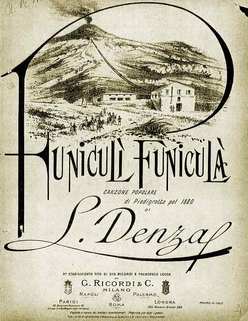 Some think the world is made for fun and frolic, And so do I! And so do I! Some think it well to be all melancholic, To pine and sigh; to pine and sigh; But I, I love to spend my time in singing, Some joyous song, some joyous song, To set the air with music bravely ringing Is far from wrong! Is far from wrong! Harken, harken, music sounds a-far! Harken, harken, with a happy heart! Funiculì, funiculà, funiculì, funiculà! Joy is everywhere, funiculì, funiculà! Ah me! 'tis strange that some should take to sighing, And like it well! And like it well! For me, I have not thought it worth the trying, So cannot tell! So cannot tell! With laugh, with dance and song the day soon passes Full soon is gone, full soon is gone, For mirth was made for joyous lads and lasses To call their own! To call their own! Harken, harken, hark the soft guitar! Harken, harken, hark the soft guitar! Funiculì, funiculà, funiculì, funiculà! Hark the soft guitar, funiculì, funiculà! These are the English words to Funiculì, Funiculà! And here is a video of Rodney Dangerfield's wonderful rendition of the song in the film Easy Money. 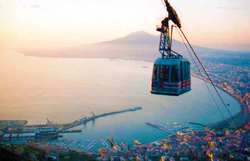 Castellammare's Cable Car Castellammare's Cable Car But the original Neapolitan words are very different: Neapolitan lyrics Aissera, oje Nanniné, me ne sagliette,tu saje addó, tu saje addó Addó 'stu core 'ngrato cchiù dispietto farme nun pò! Farme nun pò! Addó lu fuoco coce, ma se fujete lassa sta! Te lassa sta! E nun te corre appriesso, nun te strujesulo a guardà, sulo a guardà. Jamme, jamme 'ncoppa, jamme jà, Jamme, jamme 'ncoppa, jamme jà, funiculì, funiculà, funiculì, funiculà, 'ncoppa, jamme jà, funiculì, funiculà! Se n'è sagliuta, oje né, se n'è sagliuta,la capa già! La capa già! È gghiuta, po' è turnata, po' è venuta,sta sempe ccà! Sta sempe ccà! La capa vota, vota, attuorno, attuorno,attuorno a tte! Attuorno a tte! Stu core canta sempe nu taluorno: Sposamme, oje né! Sposamme, oje né! English translation I went up this evening, Nanetta Do you know where? Do you know where? Where your hard heart can't reach With scornful wiles! With scornful wiles! Where the fire burns, but if you run You can escape it! You can escape it! It doesn't chase you nor destroy you Just by a look. Just by a look. Come on, come on! To the top we'll go! Come on, come on! To the top we'll go! Funiculi, funicula, funiculi, funicula! To the top we'll go, funiculi, funicula! It's climbed aloft, see, climbed aloft now,Right to the top! Right to the top! It went, and turned, and came back down, And now it's stopped! And now it's stopped! The top is turning round and round, Around yourself! Around yourself! My heart sings that on such a day We should be wed! We should be wed! The Song and Italy's Real World Funiculars The song is about a man caught up in the volcano of love, while he and his love are taking a ride up to the top of Mount Vesuvius on a funicular... an inclined, gear driven rail car. As the funicular rises up, so does his courage to ask for her hand in marriage. There actually was a funicular that went to the top of Vesuvius and this song was written as a metaphor about the ups and downs of love and its volcanic nature. The funicular that went up to Mount Vesuvius in 1880 cable car was later destroyed by the eruption of Vesuvius in 1944. Coincidentally, the song was written in nearby Castellammare di Stabia, itself a town which--while doesn't have a funicular--has a dramatic cable car taking visitors up to the top of a mountain with breathtaking views of both the Bay or Naples and Mount Vesuvius. 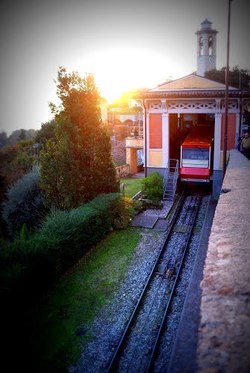 Porta Sant'Alessandro–San Vigilio funicular in Bergamo Porta Sant'Alessandro–San Vigilio funicular in Bergamo A Funicular, also known as an inclined plane, is a cable railway system in which a cable attached to a pair of tram-like vehicles moves up and down a steep slope on rails. Since they are connected to cables, in essence both the ascending and descending vehicles function as counterweights to one another. When I was a kid growing up in Hudson County, New Jersey, there were the concrete track remains of a funicular that carried people and horse drawn wagons from the river level in Hoboken up to the Jersey City cliffs. It always fascinated me when I heard stories from my Father about both people and horse-drawn wagons being lifted up the cliff by the cables. The unique thing about funiculars is their cars are built at the same sloping angle as the angled tracks. They are very cock-eyed looking trolleys indeed. Funiculars are still in operation all around Italy and offer visitors to Italy unique views of the countryside, superb visits to the "alto" (high) parts of towns throughout the country. Some are in small towns, some go to the tops of mountains, while others simply are an everyday part of commuting from the low town to the higher: the alto.
So, there you have it... a little tour of Italy's funiculars. Perhaps you will search out a funicular when you travel to Italy and enjoy a ride on one or two. Enjoy the view, but more important, your feet will thank you for finding a way around all those steps in the hill towns of Italy...
--Jerry Finzi If you enjoyed this post, please LIKE it and tell your friends about us. Ciao!
0 Comments
Your comment will be posted after it is approved.
Leave a Reply. |
Categories
All
Archive
June 2024
|


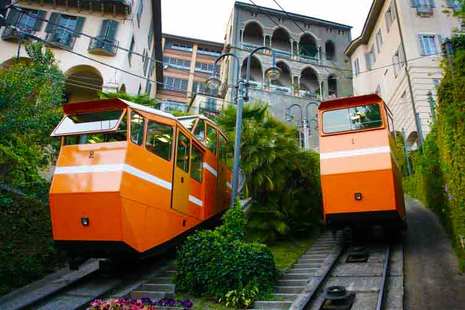
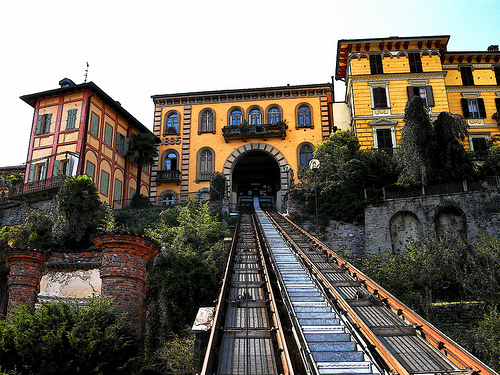
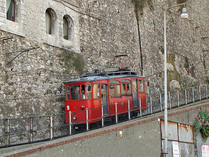
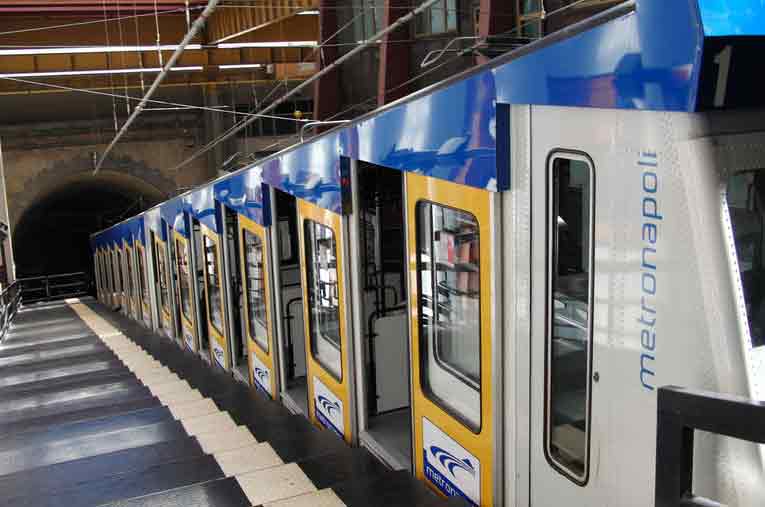
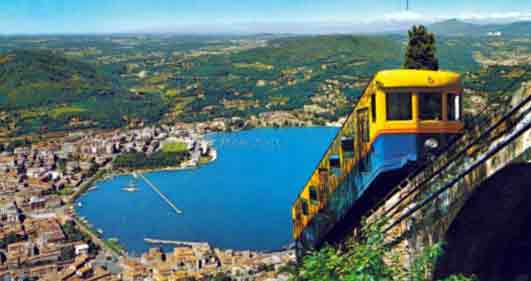
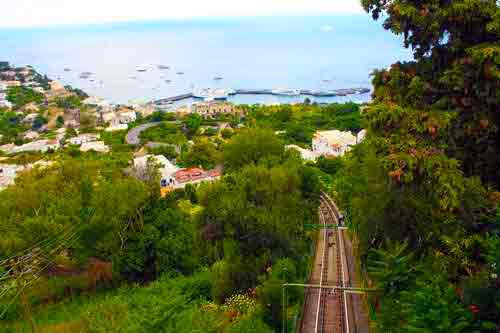
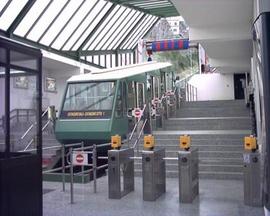
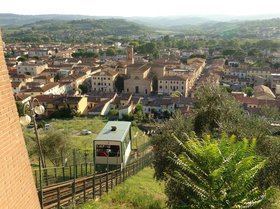
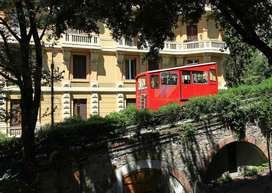
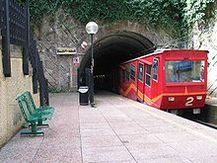
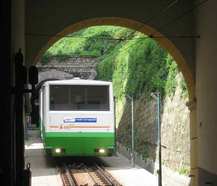
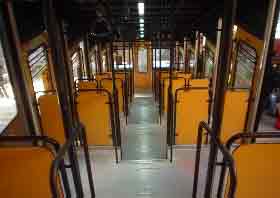
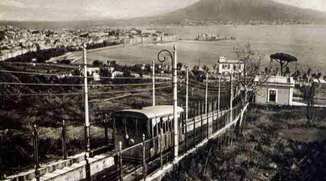
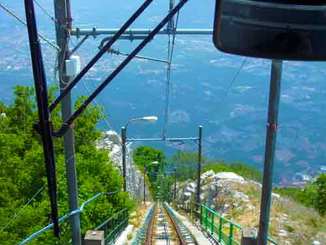
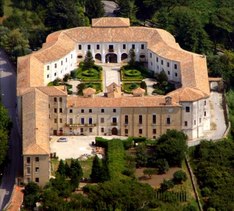
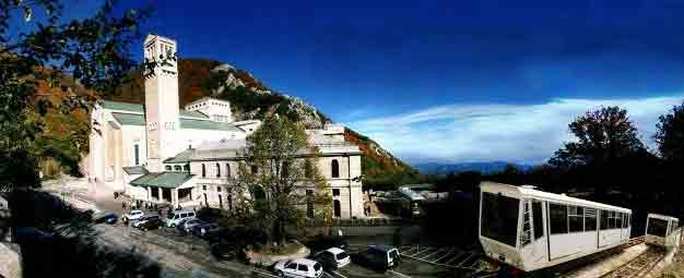
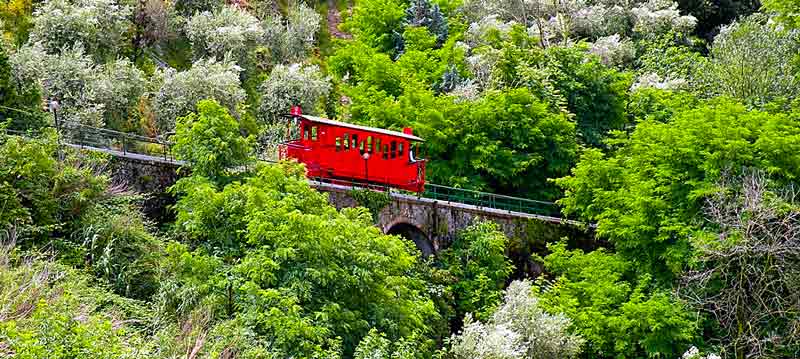
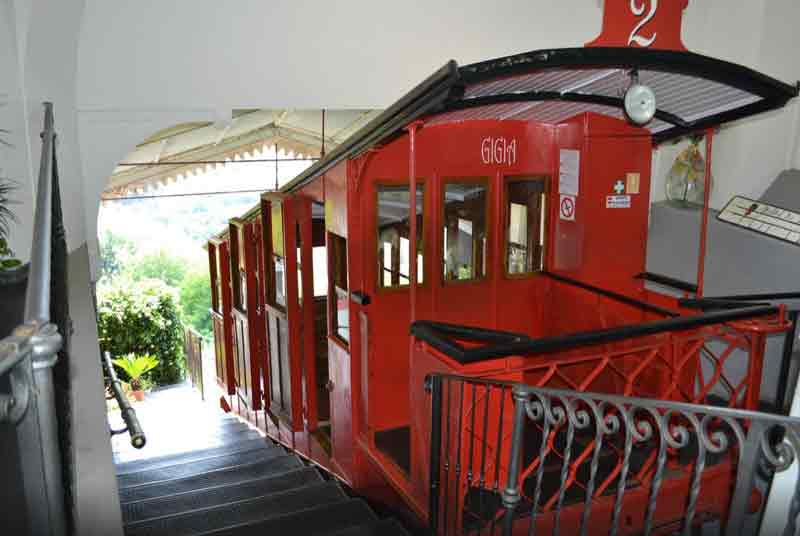
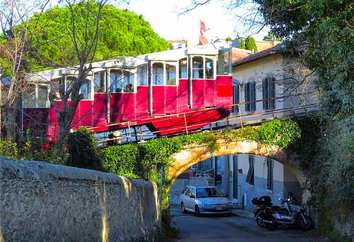
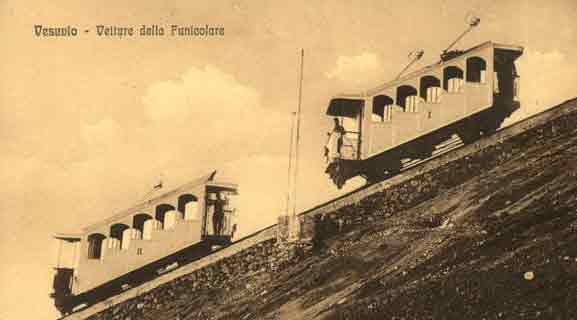
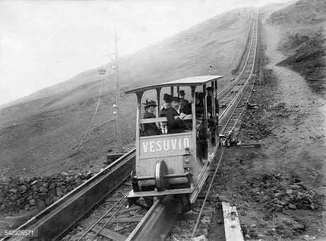
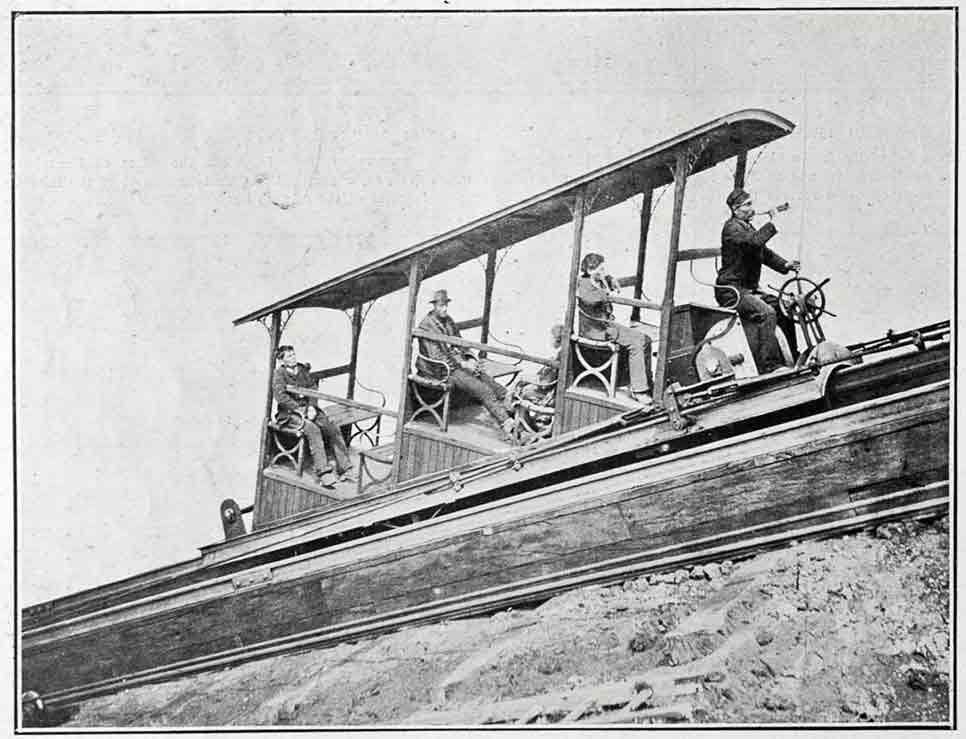
 RSS Feed
RSS Feed
